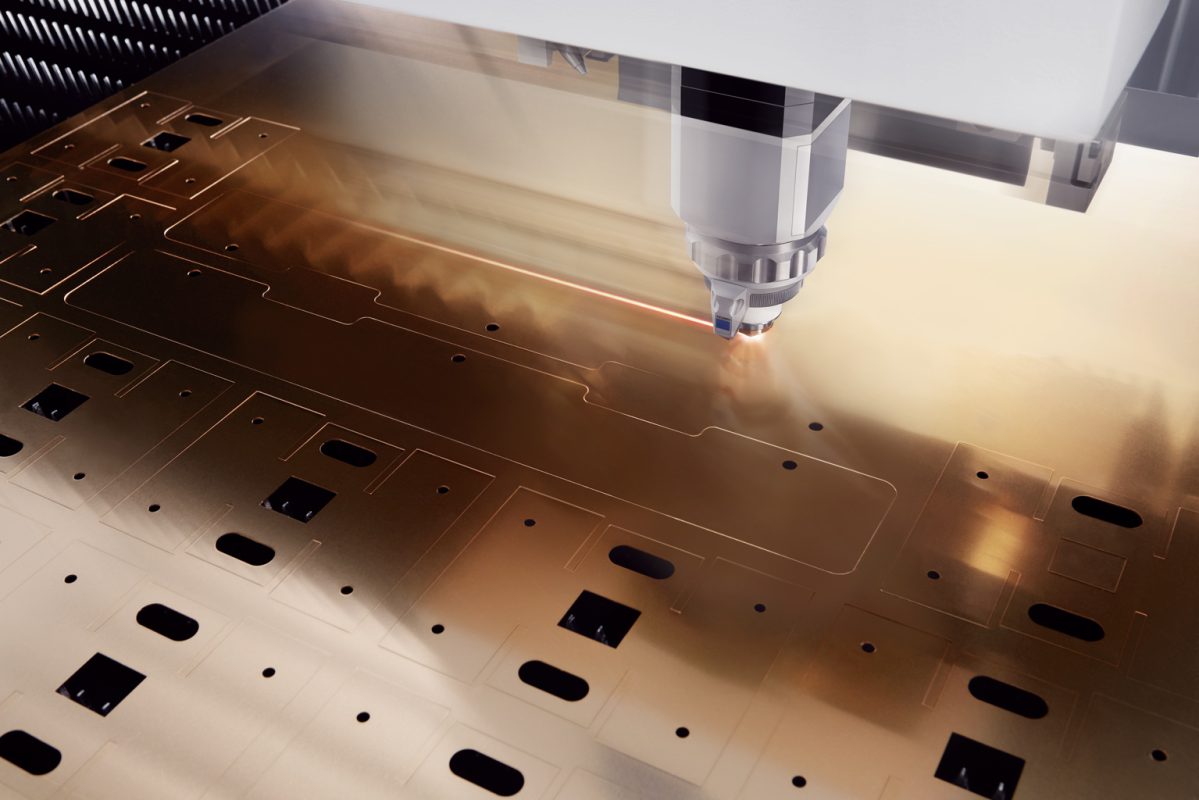In the world of industrial manufacturing, precision is crucial. Every cut and measurement must align perfectly with the specified engineering requirements to ensure product quality and functionality. This article explores the methodologies and tools necessary for cutting to meet engineering specs, a process that is pivotal for manufacturers across various sectors.

The Importance of Precision in Manufacturing
Precision in cutting is not just about aesthetics; it’s about ensuring that every component fits and functions as intended. Faulty cuts can lead to product failures, increased costs, and dissatisfied customers. As such, understanding how to achieve cuts that meet engineering specifications is essential for maintaining high standards in manufacturing.
Understanding Engineering Specifications
Before diving into the cutting techniques, it’s important to understand what engineering specifications entail. These specifications are detailed descriptions of design standards and requirements that a product must meet. They include dimensions, materials, tolerances, and finishes. Thus, cutting processes must be meticulously planned to adhere to these specifications.
Key Aspects of Engineering Specs
- Dimensions: Accurate measurements are vital for ensuring that parts fit together correctly.
- Tolerances: These define the allowable limits of variation in a physical dimension.
- Materials: Different materials may require different cutting techniques.
- Finishes: The surface finish can affect both the appearance and function of a component.
Techniques for Precision Cutting
Several techniques can be employed to achieve precision in cutting, each suited to different materials and specifications. CNC vs Manual cutting is one consideration, with CNC offering higher precision and automation capabilities.
Laser Cutting
Laser cutting is a popular method due to its precision and ability to cut complex shapes. It is highly effective for materials like stainless steel and aluminum. For more on this, visit Laser Safety Tips.
Waterjet Cutting
This technique uses high-pressure water jets, sometimes combined with abrasives, to cut materials. It is ideal for heat-sensitive materials as it does not generate heat during the cutting process.
Plasma Cutting
Plasma cutting is used for electrically conductive materials and is known for its speed and precision. It is particularly useful for cutting thick sheets of metal.
Tools for Achieving Precision
Using the right tools is essential for achieving cuts that meet engineering specs. The choice of tool can depend on the material and the required precision.
Computer Numerical Control (CNC) Machines
CNC machines use pre-programmed computer software to control the movement of factory tools and machinery. They are capable of producing highly accurate cuts with minimal human intervention.
Manual Cutting Tools
Despite the advent of CNC machines, manual cutting tools are still used in certain applications where flexibility and cost are more important than automation. For a comparison, see CNC vs Manual.
Challenges in Meeting Engineering Specs
Even with the best techniques and tools, challenges can arise. These may include material inconsistencies, machine calibration issues, and human error. Overcoming these challenges requires skill, experience, and sometimes innovative solutions.
Material Inconsistencies
Different batches of material can have slight variations that affect cutting. Ensuring material quality and consistency is crucial for precision.
Machine Calibration
Regular calibration of machines is necessary to maintain precision. Improper calibration can lead to deviations from specifications.
Enhancing Cutting Precision
To enhance precision in cutting, manufacturers can adopt several strategies. These include investing in high-quality machinery, providing ongoing training for workers, and implementing quality control measures.
Quality Control
Implementing strict quality control processes ensures that every product meets the specified standards. This includes regular inspections and testing.
Training and Skill Development
Continuous training for workers ensures they are up-to-date with the latest techniques and technologies in precision cutting.
Conclusion
Meeting engineering specs through precision cutting is a critical component of the manufacturing process. By understanding the specifications, choosing the right cutting techniques and tools, and overcoming potential challenges, manufacturers can ensure high-quality production. For more insights on metal cutting, explore Different Thicknesses.
Further Reading
For more information on precision in manufacturing, consider exploring resources such as Precision Metal Techniques.

FAQs
What is the most precise cutting method?
Laser cutting is often considered the most precise method due to its ability to create intricate designs with high accuracy.
How can I ensure my cuts meet engineering specifications?
Ensuring cuts meet specifications involves using the right tools, regular machine calibration, and implementing quality control measures.
What materials can be cut using CNC machines?
CNC machines can cut a variety of materials, including metals, plastics, and wood, making them versatile for different manufacturing needs.
This article contains affiliate links. We may earn a commission at no extra cost to you.

